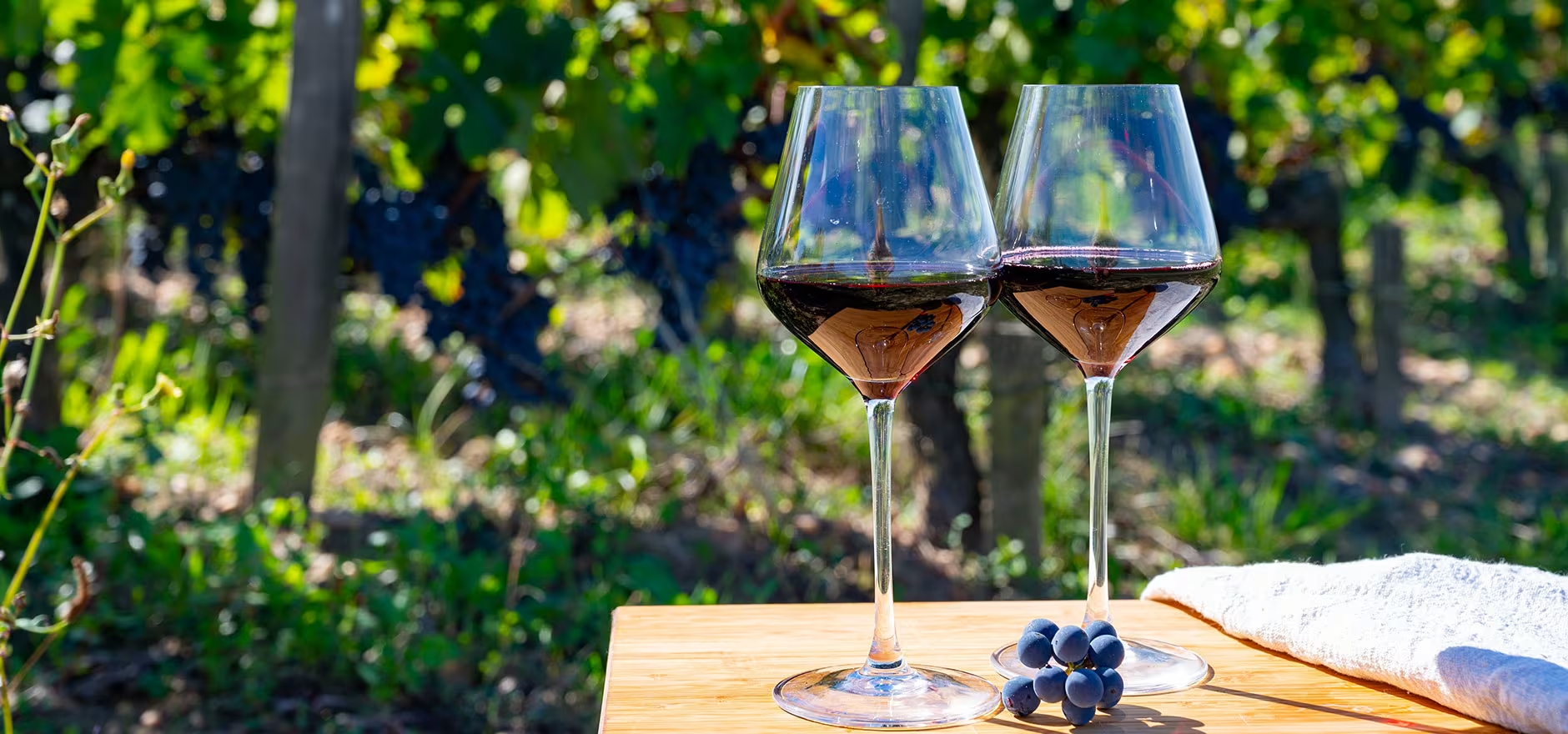With your first sip, hold the wine in your mouth, swirl it around, and suck in a little bit of air. Note how it feels on your palate and on your tastebuds. When assessing wine, there are several things to think about:
Dry vs Sweet – Often, fruity wines are misconstrued as being “sweet” wines, when in fact they’re dry. Sweet wines, such as dessert wines, will have some perceptible sugar on the tongue.
Acid – That mouthwatering effect is due to the acid in wine. The higher the level, the more you’ll salivate. Wines described as “zippy” and “fresh” are often high in acidity.
Body – A common analogy to describe body is skim milk to whole milk. The weightier the wine, the more body it’s considered to possess.
Tannins – The dry, astringent feeling red wines give you is often due to the tannins, which are chemical compounds found in grapes, but can come from oak barrels as well. Tannins give wine structure and as wine ages, tannins soften and become more integrated.
Length – When a wine lingers in mouth long after you’ve swallowed, it’s considered to have a long length and is often an indicator of a well-made wine.
Simple vs Complex – One-note, simple wines do have their place (think poolside sippers), but complex wines keep evolving and revealing nuances. This is the kind of wine that you keep going back for, whereas simple wines might be a one-and-you’re-done scenario.
Flavors – The aroma categories also apply here; by going through your list, you can identify different flavors that appear on your palate.

















